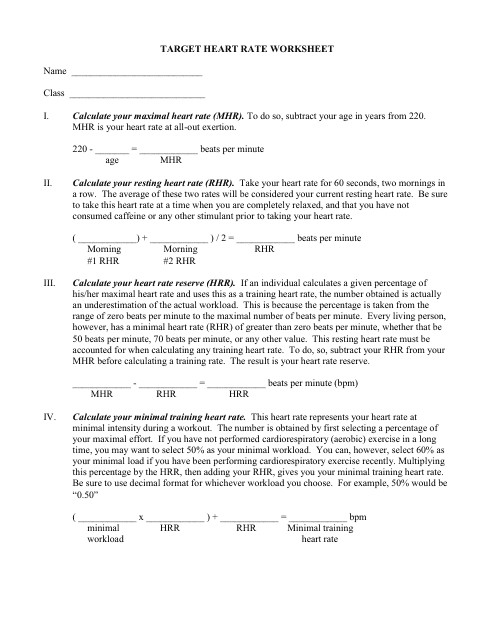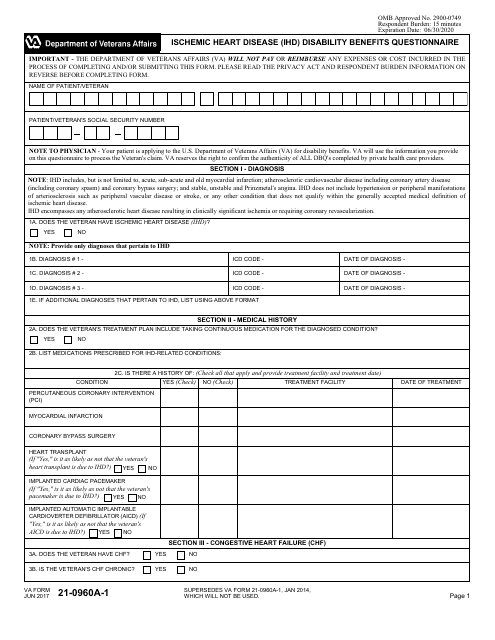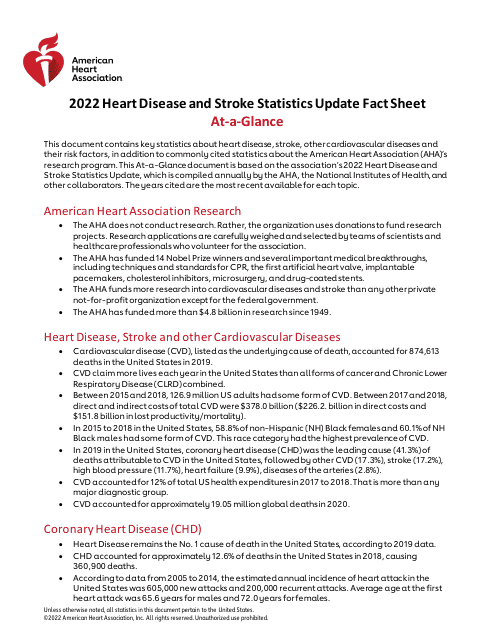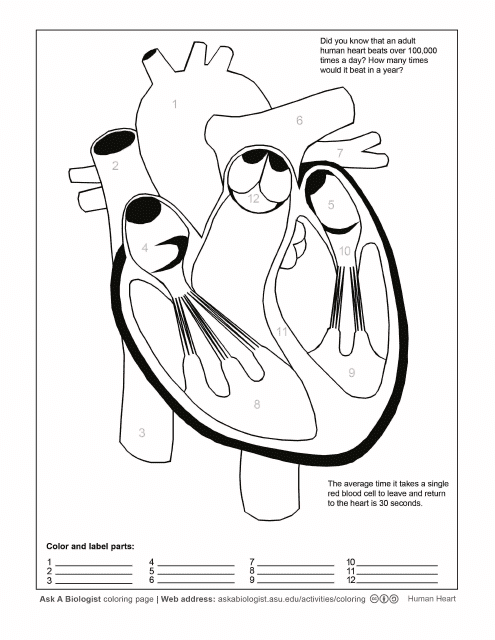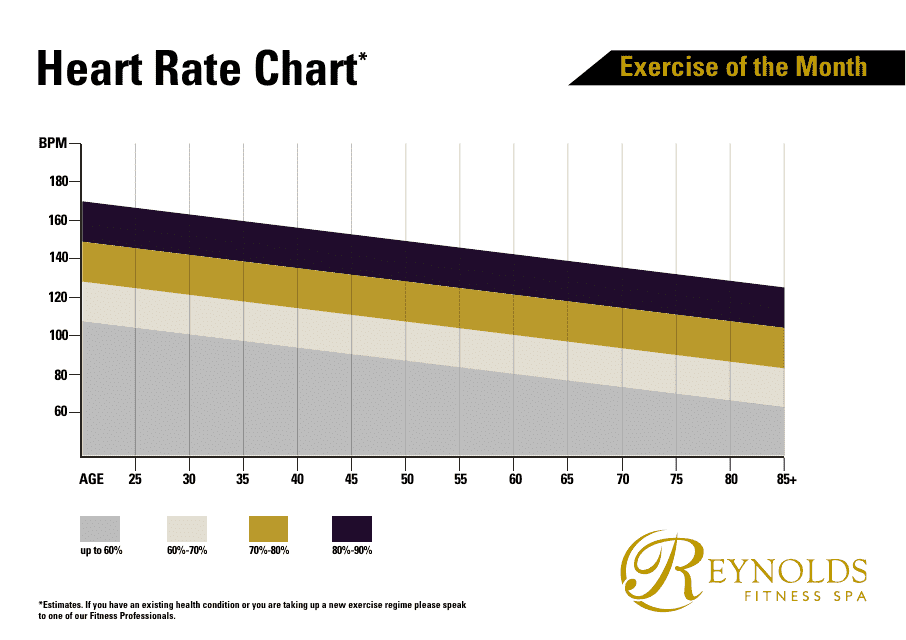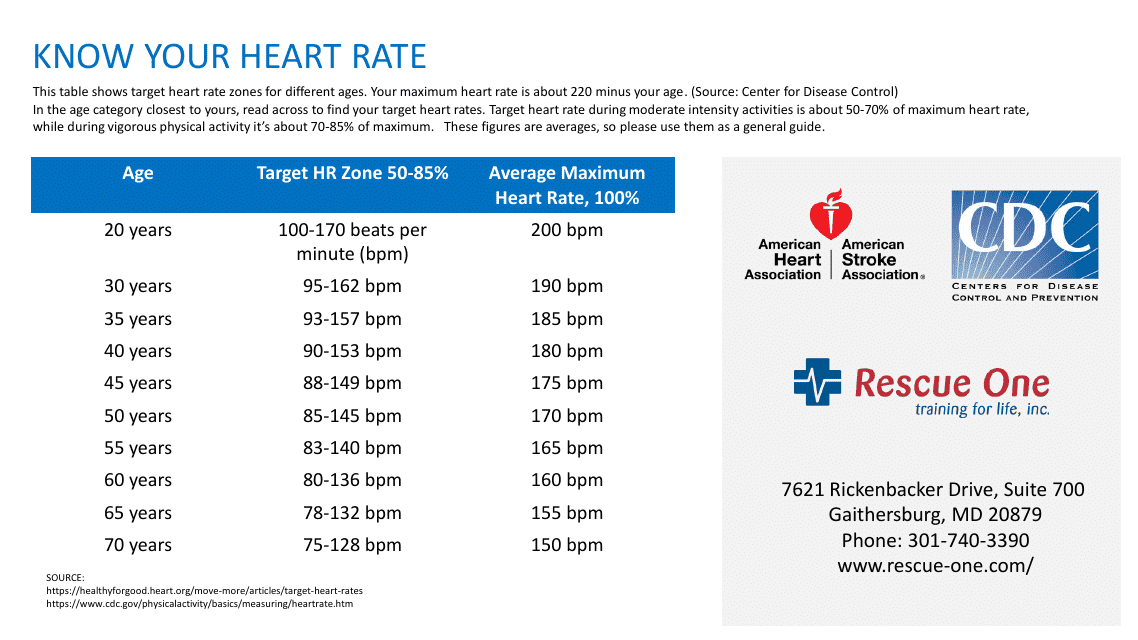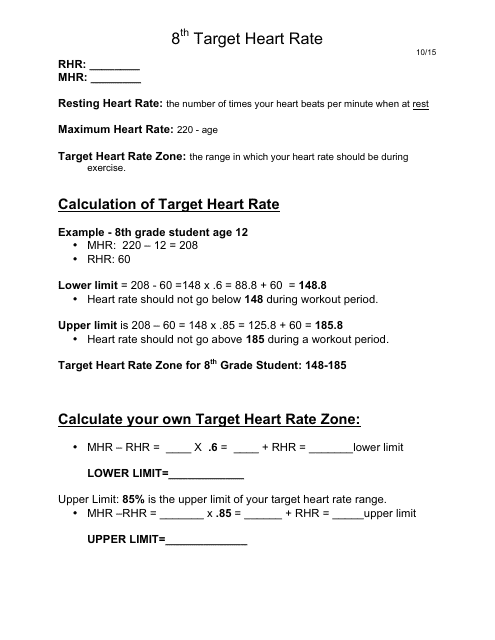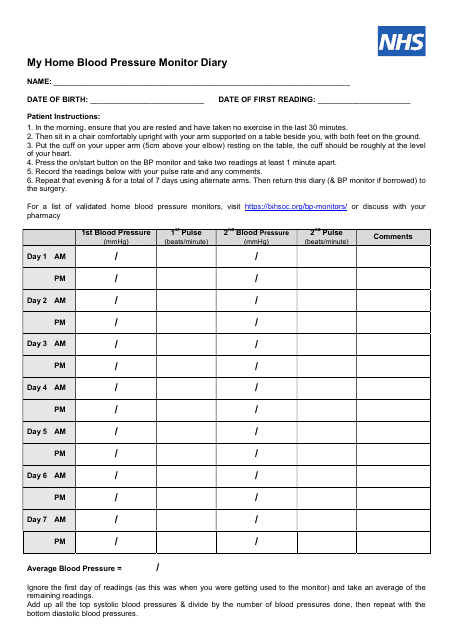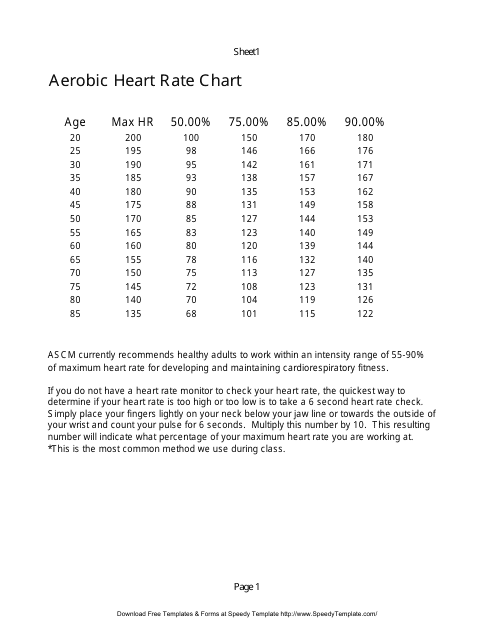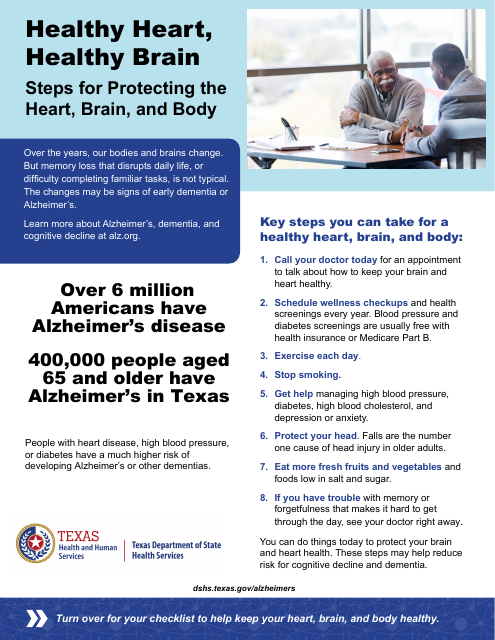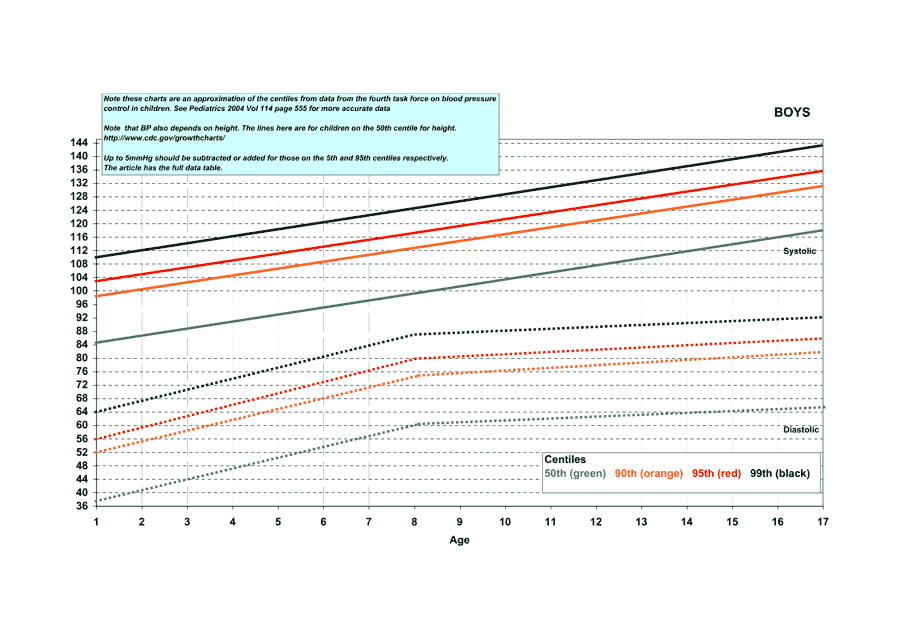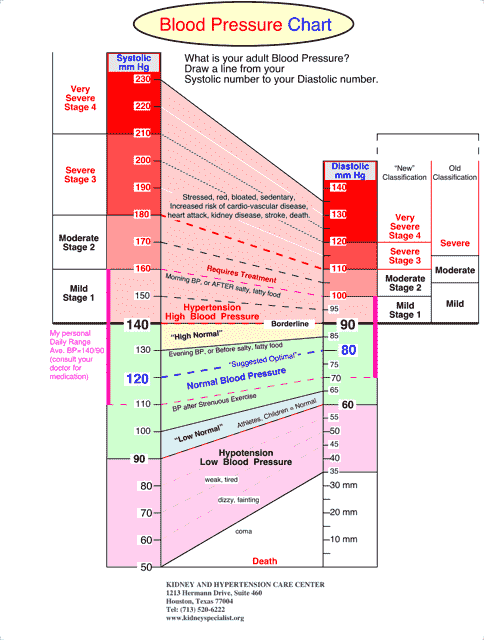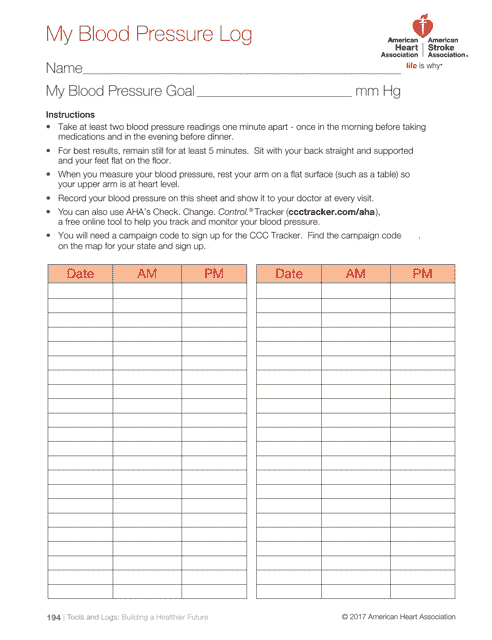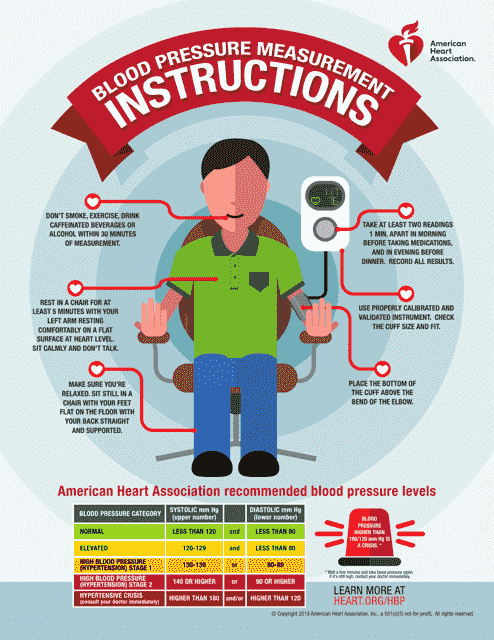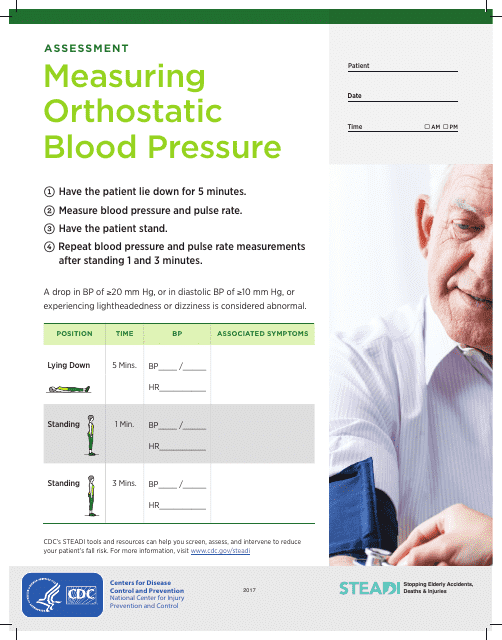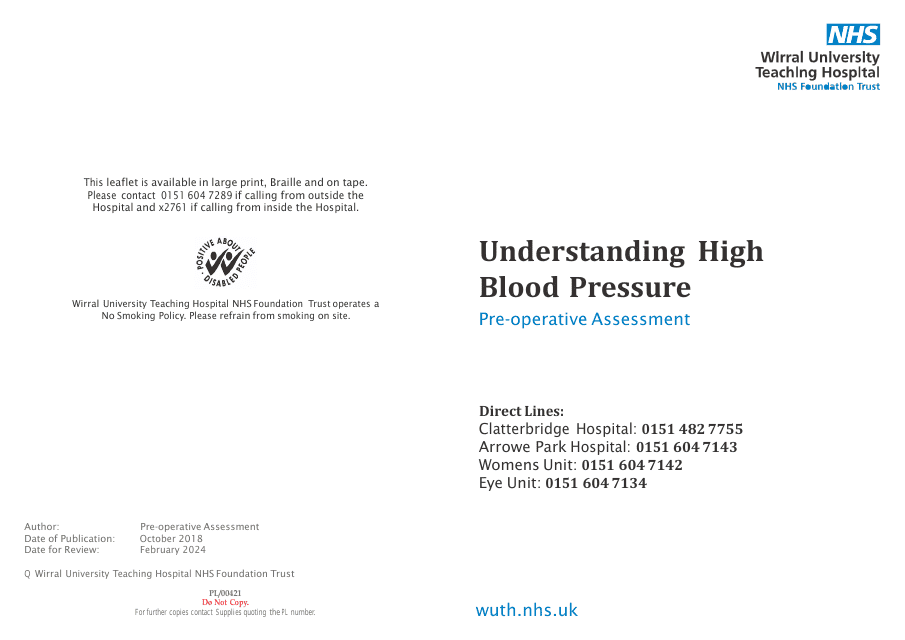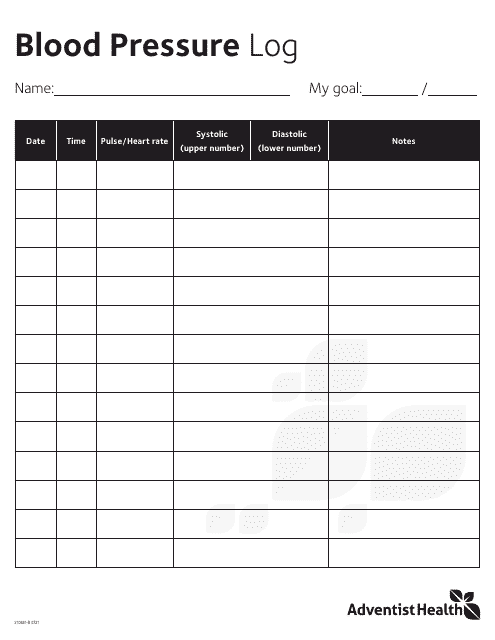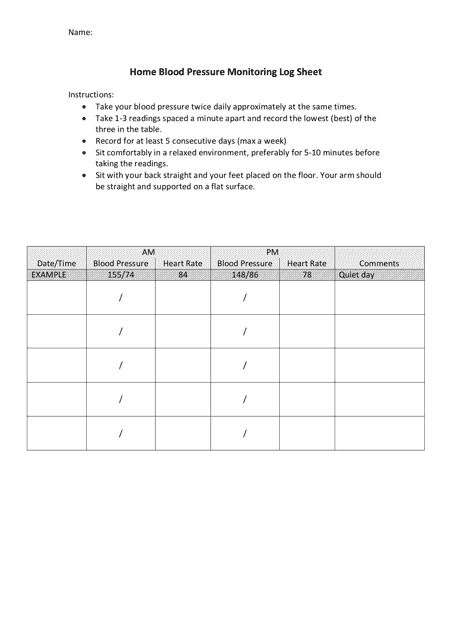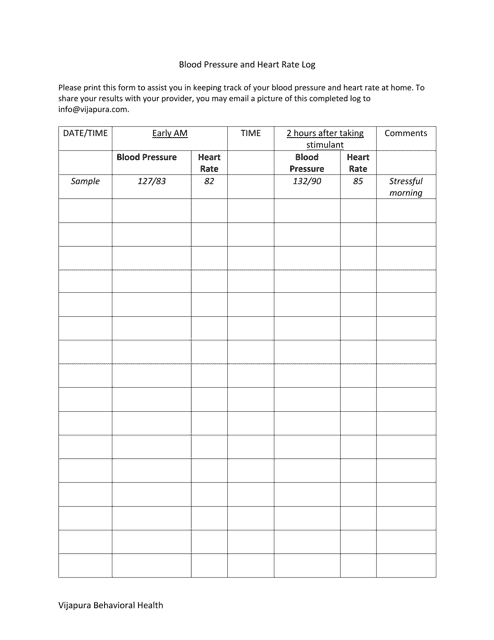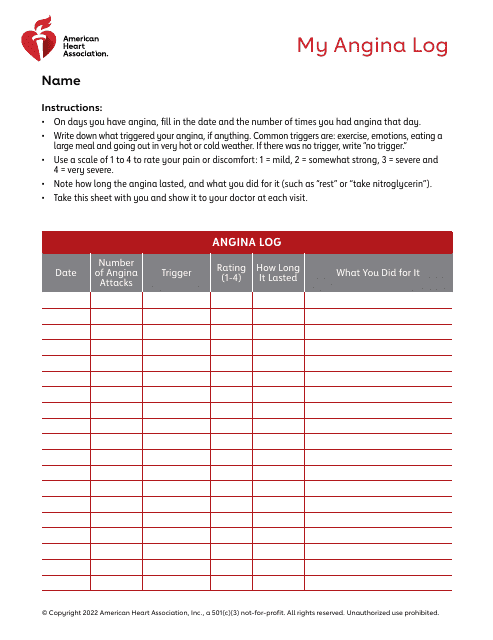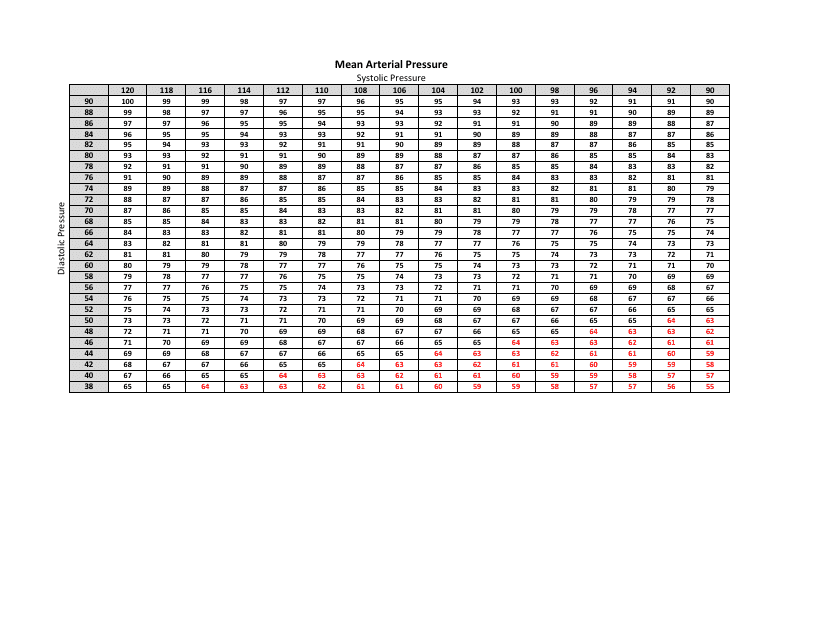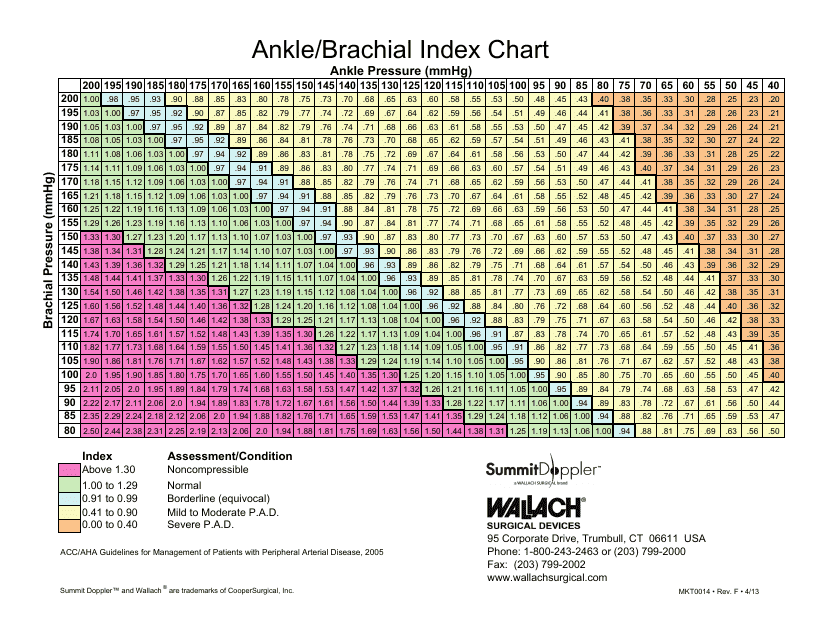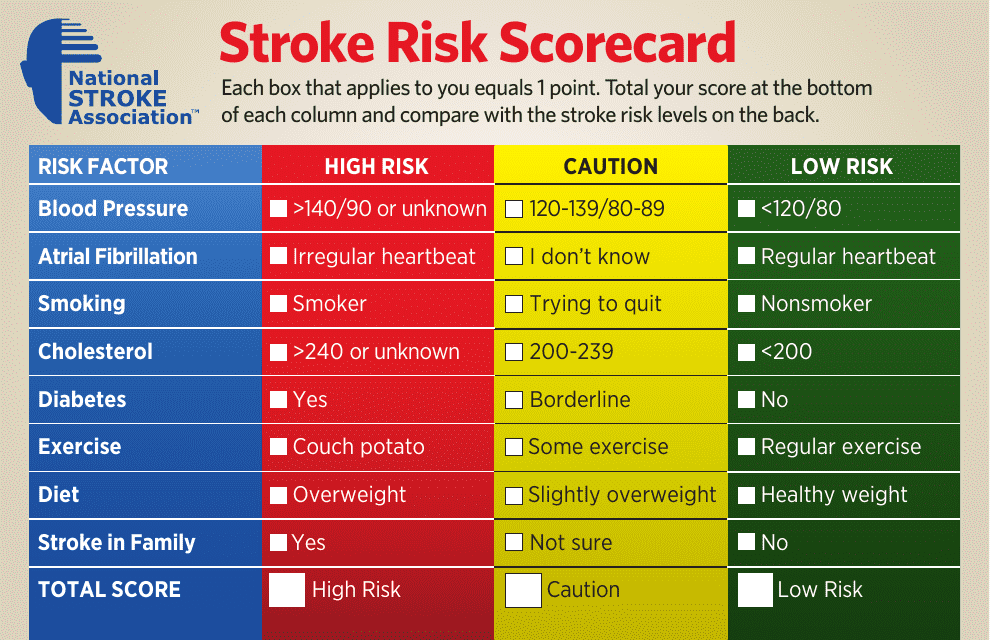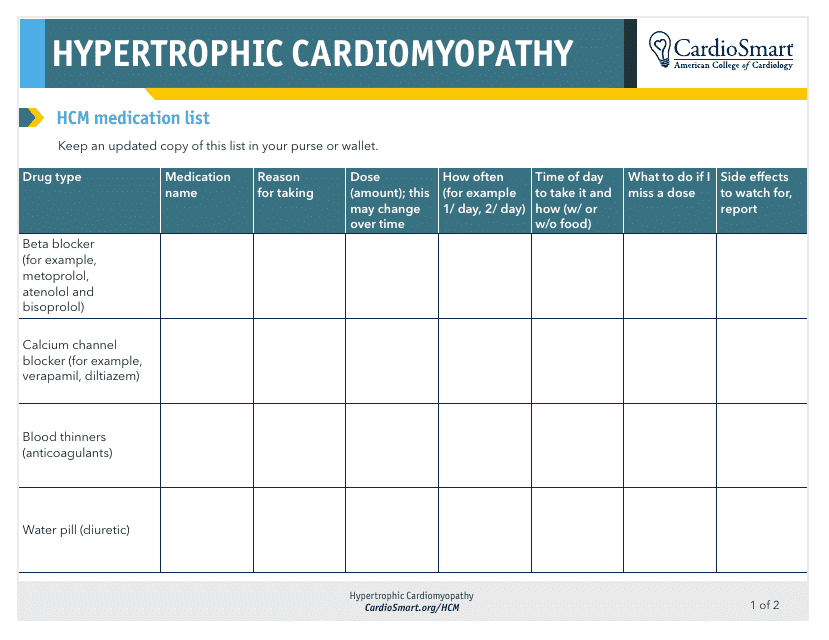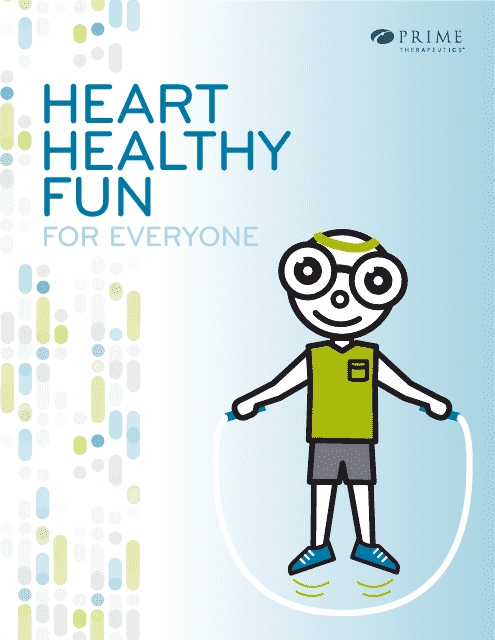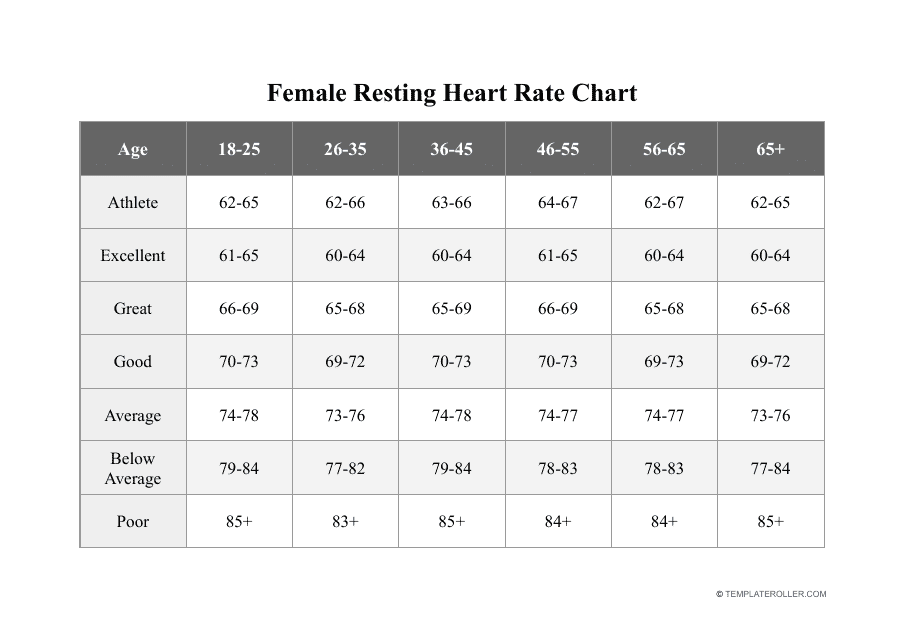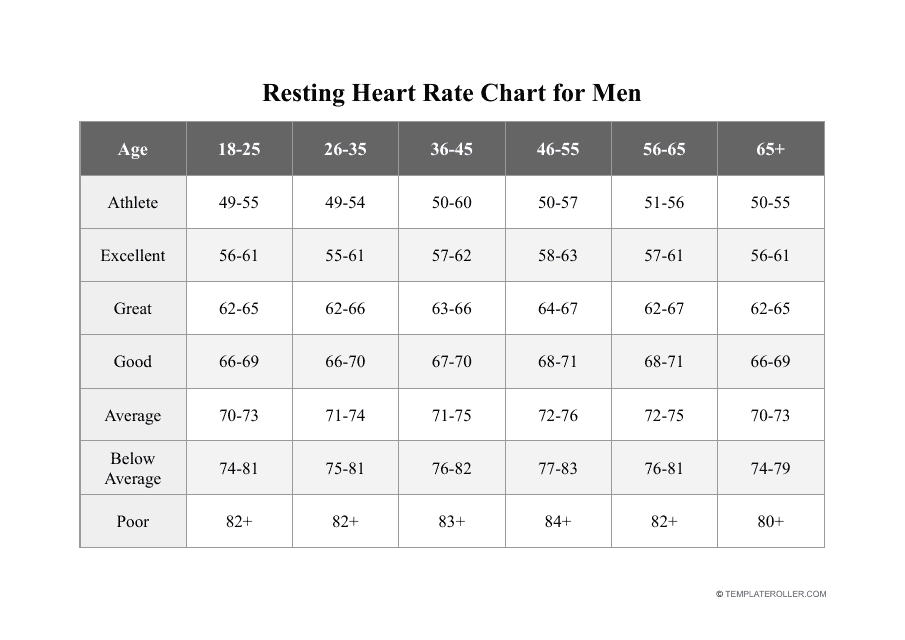Cardiovascular Health Templates
Cardiovascular Health: Your Guide to a Strong Heart and Vital Body
Maintaining cardiovascular health is essential for overall well-being and longevity. This collection of documents provides a comprehensive resource to help you understand and improve your heart health. Whether you're looking to prevent heart disease, lower your blood pressure, or simply enhance your cardiovascular fitness, these documents offer valuable insights and practical tips to achieve your goals.
Discover the "Checklist: Keep Your Heart and Brain Healthy" - a guide developed by experts from Texas, which outlines important steps you can take to promote heart and brain health. Explore the "Blood Pressure Chart" that displays a variety of colors to help you understand your blood pressure readings and identify potential concerns.
For those seeking to monitor and track their blood pressure, the "Blood Pressure Log" provided by the American Heart Association is an invaluable tool. This log allows you to record your blood pressure readings over time, helping you and your healthcare provider identify patterns and make informed decisions.
The "High Blood Pressure Pre-operative Assessment" document from the United Kingdom focuses on the specific considerations and preparations required for individuals with high blood pressure before undergoing surgery. It provides a comprehensive overview of the necessary steps to ensure your safety and optimize surgical outcomes.
Furthermore, the "Blood Pressure and Heart Rate Log" offers a simple yet effective method of monitoring not only your blood pressure but also your heart rate. By recording these vital signs regularly, you can gain a better understanding of your cardiovascular health and identify any changes that may warrant further attention.
With this collection of resources, you can take control of your cardiovascular health and make informed choices for a healthier, stronger heart. Start your journey towards optimal well-being today and make cardiovascular health a priority.
Documents:
32
This document helps you calculate your target heart rate for optimal fitness. It provides a worksheet with six points to assist in determining your ideal heart rate during exercise.
This form is used for evaluating one's fitness level and determining their overall health and physical condition. It is commonly used by fitness professionals and trainers to gather information about an individual's exercise habits, medical history, and goals. The form typically includes sections for recording measurements such as height, weight, and body fat percentage, as well as questions about exercise preferences and past injuries. This document is essential for creating personalized fitness programs and monitoring progress over time.
This type of document provides information and guidance on resistance training, which is a form of exercise that uses resistance, such as weights or resistance bands, to build strength, improve overall fitness, and enhance health.
This Form is used for evaluating and claiming disability benefits for Ischemic Heart Disease.
This document provides key statistics and facts about heart disease and stroke, including prevalence, risk factors, and mortality rates. It offers an at-a-glance overview of the current status of these health conditions in the United States.
This coloring page features a detailed illustration of a human heart that you can color in. Perfect for learning about the anatomy of the heart.
This document provides a heart rate chart, which is a useful tool to monitor and track your heart rate during different activities and exercise.
This document provides a table from the CDC that shows the recommended heart rate zones for different age groups during physical activity.
This document is a worksheet used to calculate your target heart rate. It helps you determine the ideal heart rate range for optimal cardiovascular exercise.
This document is for keeping track of your blood pressure readings at home. It helps you monitor changes and trends over time.
This document provides a chart that helps you determine your target heart rate when doing aerobic exercise.
This checklist provides guidance on how to keep your heart and brain healthy in Texas. It includes tips and advice to promote overall wellness and prevent cardiovascular and neurological diseases.
This document provides the percentile levels of blood pressure (BP) for boys based on their age. It helps to understand how a boy's blood pressure compares to other boys of the same age.
This document is a blood pressure chart that helps you track and monitor your blood pressure readings over a period of time. It provides a visual representation of normal, elevated, and high blood pressure levels.
This document provides a detailed eating plan for individuals with high cholesterol, also known as hyperlipidemia. It is intended for medical professionals to implement in their practice to help patients manage their condition through dietary changes.
This document is a blood pressure log provided by the American Heart Association to help individuals track and manage their blood pressure readings over time.
This chart provides information about the different levels of blood pressure according to the American Heart Association guidelines. It helps individuals understand and track their blood pressure readings for better heart health.
This document provides detailed guidelines on how to accurately measure Orthostatic Blood Pressure, a method used to detect low blood pressure. It's especially helpful for healthcare professionals and patients dealing with hypotension.
This document offers a comprehensive guideline for pre-operative assessment of patients with high blood pressure in the United Kingdom, assisting healthcare professionals in preparing for surgical procedures effectively.
This document is a tool used by individuals to keep track of their blood pressure readings over time. It helps individuals and their healthcare providers monitor and manage blood pressure levels, promoting overall heart health.
This document is a log sheet to record blood pressure measurements taken at home. It helps individuals track and monitor their blood pressure levels over time.
This document is used for logging and tracking blood pressure and heart rate readings. It helps in monitoring and managing cardiovascular health.
This document provides a format for monitoring and tracking instances of angina as per the American Heart Association guidelines. It is meant to assist patients and healthcare professionals in managing heart conditions effectively.
This document provides information on the Dash Eating Plan, which is a dietary approach that can help lower blood pressure and cholesterol levels. The plan focuses on consuming foods that are low in sodium and saturated fats, while emphasizing the intake of fruits, vegetables, whole grains, lean proteins, and low-fat dairy products. Following the Dash Eating Plan can support a healthier heart and reduce the risk of cardiovascular disease.
This document is a tool used to track and monitor the average arterial blood pressure during a single cardiac cycle. It's helpful for healthcare professionals in assessing a patient's cardiovascular health.
This document is a useful tool for medical professionals to evaluate peripheral artery disease in patients by comparing blood pressure measurements between the arm and ankle. It aids in assessing the severity and risk of the disease.
This document provides a comprehensive overview of an individual's risk factors for stroke, including information on current health conditions, lifestyle, and family medical history. It's often used by healthcare professionals to assess the probability of a patient experiencing a stroke and advice on how to lower this risk.
This document provides comprehensive information about Hypertrophic Cardiomyopathy, a heart muscle disease, curated by the American College of Cardiology. It discusses symptoms, diagnosis, treatment and prevention methods for patients and healthcare professionals.

